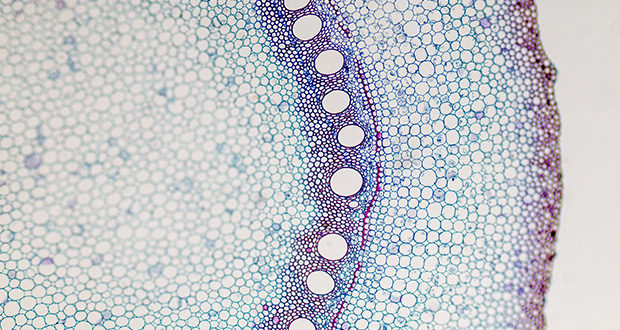Researchers have mapped out pathways for two of the world's leading causes of blindness that they hope will assist in developing a cure in the future.
The new stem cell models expand on science's understanding of neurodegenerative diseases, such as glaucoma and age-related macular degeneration (AMD), that affects us as we become older.
Nearly 95 per cent of people over 65 currently live with a chronic eye condition, of which AMD is the leading cause of blindness.
Estimated to affect over 288 million people worldwide by 2040, there's no cure for AMD or definite treatment to slow the disease.
"It's a widespread problem around the globe," co-lead author Professor Alice Pebay from the University of Melbourne says.
"Our eyes are ageing with us, and we don't have good solutions yet to treat those conditions.
"It means that people are not able to work as well, to live as well, and that has an impact on every aspect of their life."
The specific mechanisms behind these eye diseases are poorly understood, largely due to the lack of good models explaining the biological pathways.
Pebay says these models are crucial in screening for eye conditions and developing a cure.
"Animal models don't recapitulate what we see in humans," she says.
"For instance, a mouse doesn't have a retina like a human, so it's difficult to study AMD in an animal that doesn't have a macular."
The missing piece of the puzzle came in 2012 when Professor Shinya Yamanaka discovered a way to reprogram human cells, for which he won a Nobel Prize.
For close to a decade, researchers from the University of Melbourne worked closely with Alex Hewitt from the Centre For Eye Research Australia and Joseph Powell from the Garvan Institute of Medical Research.
The team expanded on Yamanaka's finding that you can take any somatic cell from our body, such as a skin or blood cell, and turn it back into a stem cell.
Once the 'human induced pluripotent cells' (iPSCs) are back into their embryonic form, they are theoretically 'a blank slate' and can become any type of human cell in our body.
"This discovery revolutionised the field of stem cells because now we can take a skin biopsy and turn it into stem cells over time," Pebay says.
Armed with new knowledge, the researchers altered reprogrammed stem cells to become affected with an eye disease such as glaucoma or AMD.
"Finally, we have a good model because we can recreate in the laboratory a biopsy of the back of the eye with the cells we're interested in, without taking the back of a real eye to study those conditions," Pebay says.
"And that's the bet we took on 10 years ago.
"We said: ‘let's see if we can detect differences between people with glaucoma versus people without, and whether we can potentially find cures based on what we've identified in those samples.’"
Pebay says that iPSCs might pave the way for the discovery of treatment for other conditions, such as dementia or diabetes.
While a definitive cure for AMD and glaucoma is not yet on the table, she continues her search by collaborating with new studies.
One of the most extensive and detailed stem cell modelling studies she contributed to was published in Cell Genomics and found 312 new genetic markers in cells of a specific type of glaucoma.
"We've demonstrated there are new models to study those complex diseases; models that are accurate and that help us identify those new targets," she says.
"That way, we're hopeful we can develop treatment or even preventative measures for eye conditions."
Note: Pebay would like to thank everyone who was involved in the study and those who gave samples they could use for their research.
Do you have an idea for a story?Email [email protected]
 Aged Care Insite Australia's number one aged care news source
Aged Care Insite Australia's number one aged care news source

